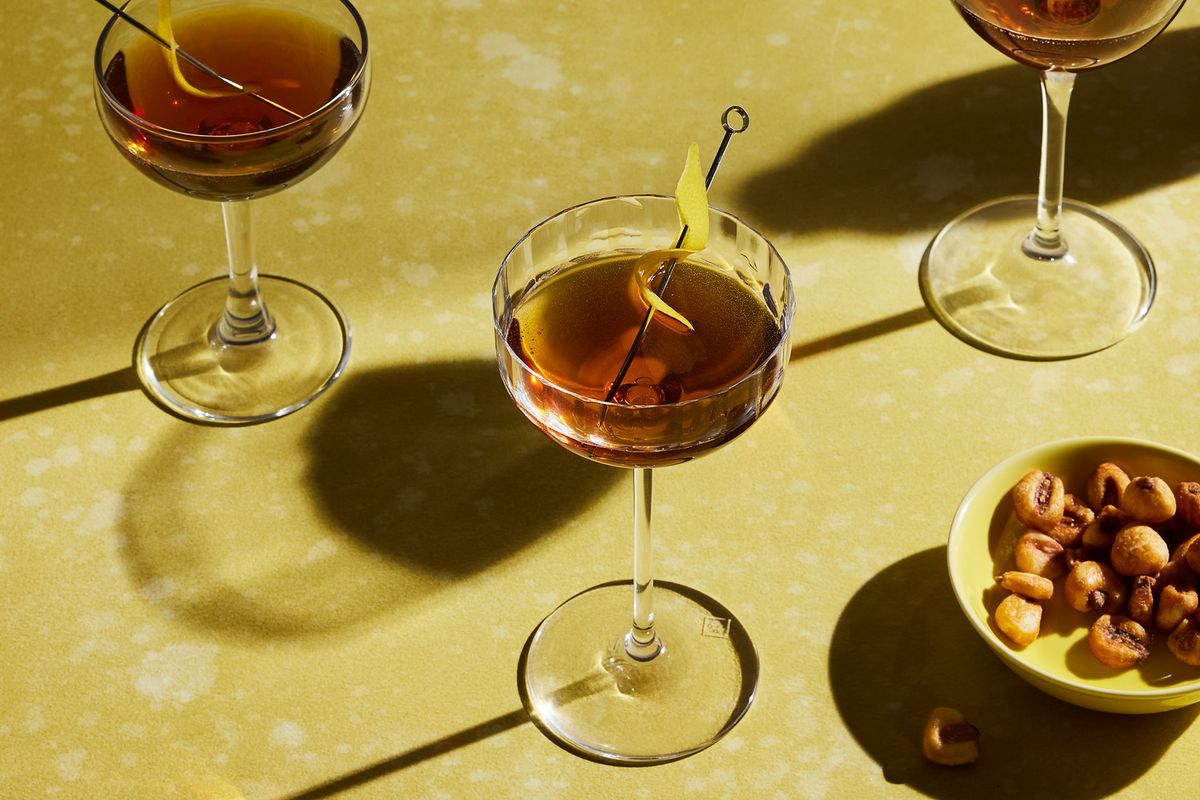Tapping Into the Cocktail Potential of Fortified Wine
What do you think of when you hear "fortified wine?" If you're shrugging your shoulders, you're not alone. Fortified wines have been around since at least the 1200s, yet they remain the unsung heroes the cocktail world (unless you're a bartender; us bartenders won't stop talking about the stuff). Varieties like sherry, vermouth, Port, and Madeira are all beautifully complex with fascinating and tasty histories, yet they're typically relegated to dusty parlors meant for playing cards. And while the idea of an aperitivo is already woven into the cocktail cultures of France, Italy, and Spain, American drinkers haven't quite caught on yet. Here's hoping this can dispel some of those clouds of mystery around fortified wines and even inspire a cocktail or two.
What Is Fortified Wine?
Let's start with the basics: Fortified wine starts off as, you guessed it, wine. Fortification is the process of taking a wine and adding a distillate to it (also usually made from grapes), either during or after the initial fermentation process. Adding the distillate achieves two things simultaneously—it increases the alcohol content and stops fermentation. Fortification was popularized by the English in the 1600s as a great way to stop wines from spoiling on long sea voyages and then, like so many other early beverage innovations, they discovered that it was also delicious.
Read More >>
http://dlvr.it/Sn9w8V
http://dlvr.it/Sn9w8V

Comments
Post a Comment